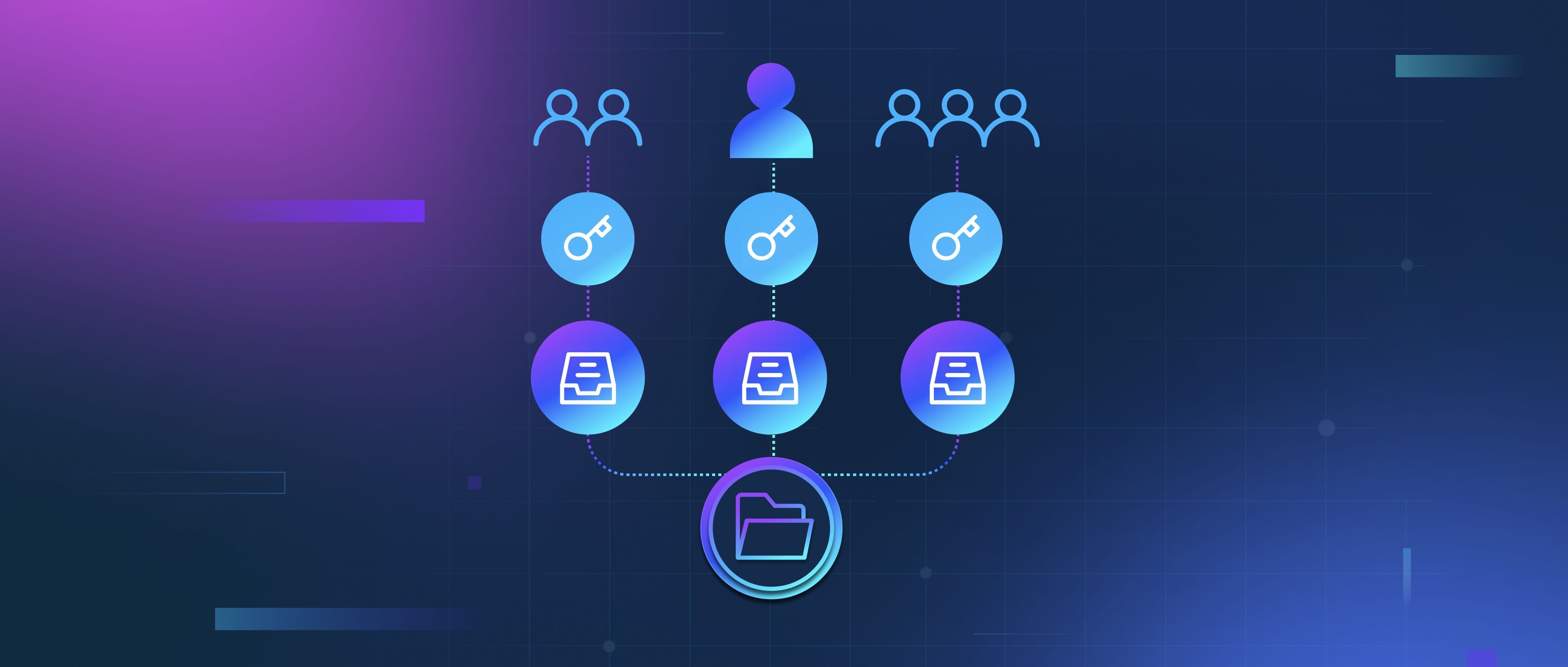Natural Language Processing (NLP) and Machine Learning (ML) are interconnected fields, but they focus on different aspects. Machine learning is a general-purpose method for training models to identify patterns and make predictions from data. It is not limited to any specific type of data and is commonly applied to images, numerical datasets, or text. NLP, on the other hand, is a specialized domain of AI focused specifically on language data—text or speech.
While machine learning forms the backbone of modern NLP, NLP combines linguistic rules and domain knowledge with ML techniques to analyze, understand, and generate human language. For example, ML may involve training a model to classify images, while NLP applies these models to tasks like sentiment analysis, machine translation, or question answering.
One key difference lies in the preprocessing: NLP requires text preprocessing steps like tokenization, stemming, and handling of stop words, which are unique to language data. Additionally, NLP models often utilize word embeddings (e.g., Word2Vec or BERT) and transformers tailored for language understanding.
In summary, ML is a general field encompassing various applications, while NLP is a focused application of ML and linguistics specifically for understanding and interacting with human language.
